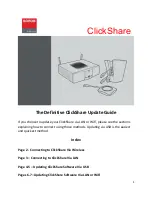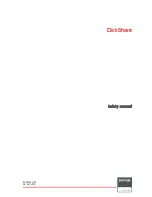
© 2023 Baader Planetarium GmbH
25
Polarizing and Neutral Density filters dim the
light for a better perception of details.
This control box with two displays shows the current temperature in red on the left and the target temperature in
green on the right. Some models show "0" on the right and the deviation from the target temperature on the left.
On the left during heating up, on the right after reaching the target temperature.
in the shorter-wave spectral range. A change of 10.0 degrees shifts the transmission
maximum by about 1 angstrom, which is also the maximum possible change.
At the control box with
one
display, press the up arrow to increase the temperature or
the down arrow to decrease it. After a few seconds, the display changes to the current
value and the filter is tempered to the new target temperature (displayed as a deviation
from the factory-set value).
At the control box with
two
displays, press the up arrow to increase the temperature
or the down arrow to decrease it. If necessary, confirm with the SET key. After a few
seconds, the display stops flashing and the filter is tempered to the new setpoint.
Make a note of the factory preset value.
The new setpoint remains stored. So the next time you use it, the control box will
always show the last set value.
Using a Neutral Density Filter
The difference in brightness between the prominences and the solar disk is very large,
so it can be helpful, especially when observing with a large exit pupil, to use a weak
neutral density filter into the eyepiece. This makes the structures on the solar disk
more visible to the eye, while the prominences may become less visible. You can
achieve the same effect with a single polarising filter
that you screw into the eyepiece. Then, just as with a
Herschel prism, the image brightness can be adjus-
ted by turning the eyepiece.
How strong the effect is depends on the respective
system as well as on your own eyes. In principle, the
image brightness can also be adjusted simply by
increasing the magnification; however, this presuppo-
ses that the air turbulence permits higher magnifica-
tions at all.
We recommend the following filters:
• Single Polarizing Filter: 1¼"
# 2408343
; 2"
# 2408342
• Neutral Density Filter ND 0,6 (T=25%): 1¼":
# 2458343
; 2":
# 2458321
• Neutral Density Filter ND 0,9 (T=12,5%): 1¼":
# 2458344
; 2":
# 2458322








































